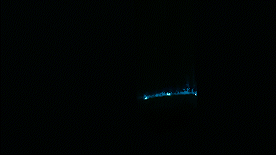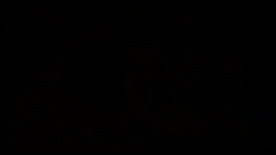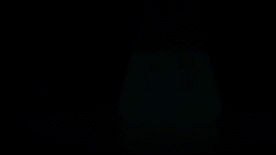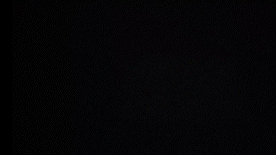Attractive and safe chemical experiments linked to educational programmes
Kit Professional
The kit Professional is a comprehensive and high-capacity set that greatly expands the the experiment portfolio of the kits Student and Standard.
In the kit Professional, you'll find a complete set of the most exciting experiments that are related to chemistry and light and that will certainly fascinate most students, including the teacher himself. The kit contains the chemicals in large scale, providing an ample capacity for experiments.
1777 EUR with Tax (VAT)
1469 EUR without Tax (VAT)Purchase
Everything in one suitcase saving your time
You do not have to look for supplementary chemicals, every chemical you need is included so that you can start experimenting right now and for the most part without the need for a dedicated chemical laboratory.
Attractive chemical experiments
You will obtain all the chemicals you need to do the most attractive experiments that fascinate students and kindle their interest for science. Let them discover the interdisciplinary connections through experiments they fall in love with.
Safe according to the latest standards
We have designed the experiments that poisonous and corrosive substances are completely avoided in student experiments which thus meet the most stringent requirements of the current legislation. Therefore, even student of lower grades can also perform the experiments under the supervision of the teacher. All chemicals are labelled according to the latest CLP guidelines (Classification, Labelling and Packaging) and are provided with the corresponding Material Safety Data Sheets in English.
Methodically linked to the curriculum plans
The context of the experiments is linked to many topics that are commonly contained in curriculum plans of primary and secondary schools.
Instructions manuals for students and teachers
We provide clearly written student instruction cards, teacher´s methodological cards and a teacher's manual.
Possibility to refill the material
We offer to existing customers the possibility to purchase any part of the kits at reasonable prices.
The kit Professional contains
- 11 comprehensible instruction cards
- chemicals
- tools
- curriculum framework
- safety guidelines
- procedure
- brief theoretical explanation
- deposition of spent chemicals
- methodological notes and tips for teachers on separate cards
- teacher´s manual covering the individual topics in more depth
Experiments contained in the kit Professional
Peroxyoxalate chemiluminescence
- nontoxic chemicals for peroxyoxalate chemiluminescence („motor of the reaction“)
- dyes for chemiluminescence
- a green-yellow dye
- a red dye
- a light-green dye
- a blue dye
- a blue-green dye
- a yellow-orange dye
- an orange dye
- catalyst of the chemiluminescent reaction
- non-toxic and non-flammable solvent
- hydrogen peroxide source in a safe and highly efficient form
- auxiliary pipettes
Description: Students will prepare in test tubes glowing chemiluminescent solutions with different colours. They will be able to influence the glow intensity (and reaction rate) by heating/cooling, change of pH and by addition of a catalyst.
Curriculum framework: Observation; Experiment; Safety; Chemical changes; Chemical reactions: factors influencing the course of the chemical reaction (temperature, pH, catalyst); Inorganic compounds: Use of acids and bases, neutralisation, pH; Organic compounds: heterocyclic compounds
Capacity: 750 test tube experiments
Experiments with hydrogels
- fluorescein for hydrogel dyeing
- ready-made polyvinylalcohol solution (PVAL)
- crosslinking reagent
- solid organic acid for hydrogel decomposition
- pH indicator for studies of pH influence on the hydrogel structure
Description: Students will prepare a crosslinked polymer (hydrogel) and verify its physical and chemical properties, especially its pH-dependent behaviour. As a result, they become acquainted with concepts of polymerization and reaction equilibrium.
Curriculum Framework: Chemical reactíon: polymerisation, factors influencing the course of the chemical reaction (pH); Inorganic chemistry: acids and bases, pH, indicator; Organic compounds: hydrocarbon derivatives, use of their important derivatives; Chemistry and the society: plastics
Capacity: 400 experiments with hydrogel preparation on a small scale
Photochemical blueprinting – cyanotypes
- chemicals for preparation of the solutions for cyanotypes
- negatives for cyanotype printing
Description: Students will make their own cyanotype photographs with a photosensitive mixture of chemicals in the sunlight and thus get acquainted with an example of a photochemical reaction.
Curriculum framework: Chemical reaction: redox chemical changes, oxidizing and reducing agents; Chemical elements: iron; Inorganic chemistry: coordination compounds; Energy and chemical reactions
Capacity: 4000 A4 prints
Photosynthetic printing
- Lugol´s solution
- negatives for photosynthetic printing
Description: Students will produce an iodine-starch photo on the leaf of live plants. As a result, they will get acquainted with photosynthesis and the proof of starch by iodine test.
Curriculum framework: Photosynthesis; Energy and the matter; Natural products: evidence of starch, dyes
Capacity: 200 experiments
Pyroluminescence
- pyroluminescence mixture
- Al cups
Description: The teacher demonstrates the characteristic spectacular evidence of boron compounds - a highly luminous green flame of burning trimethyl borate.
Curriculum framework: Energy and the matter
Capacity: 1000 experiments on a small scale
Experiments with phosphorescence
- green phosphorescent pigment
- starting materials for the preparation of the phosphorescent glass
- transparent foil with a printed text
Description: Students will the test the phosphorescence of a phosphorescent pigment, compare it with fluorescence and prepare their own phosphorescent "glass".
Curriculum framework: Energy and the matter
Capacity: 100 experiments
Experiments with fluorescence
- fluorescein
- blue fluorescent optical brightener
- samples of two woods containing naturally occurring fluorescent dyes
- sample of a natural spice containing a blue-green fluorescent dye
- auxiliary non-toxic and non-flammable solvent
- UV lamp
Description: Students will test the fluorescence of selected natural and synthetic compounds that are routinely found in households.
Curriculum framework: Energy and the matter; Natural products: alkaloids; Aromatic compounds; Alkenes
Capacity: 150 experiments
Experiments with crystalloluminescence
- two inorganic compounds that show crystalloluminescence upon their crystallisation from their aqueous solutions
- a sample of an inorganic compound that shows crystalloluminescence when crystallizing from its melt
Description: Students will explore the little known and exotic physical phenomenon - luminescence during crystallization.
Curriculum framework: Crystallization; Energy and the matter
Capacity: unlimited number of repetitions
Triboluminescence of metal complexes and minerals
- a crystalline europium complex giving an extremely intense red triboluminescence when rubbing - visible even on daylight – the most triboluminescent compound on Earth!
- a highly triboluminescent crystals of manganese complex giving a well-visible green light when rubbing
- a quartz specimen with strong yellow triboluminescence
Description: Students will explore little known and exotic physical phenomenon - luminescence during friction of solids.
Curriculum framework: Coordination compounds; Energy and the matter
Capacity: unlimited number of repetitions
Triboluminescence – preparation of a manganese complex
- ready-made solutions for preparation of a triboluminescent manganese complex
- plastic and glass tubing, tubes and pipettes for the preparation of the complex
Description: Students will do a simple test tube preparation a crystalline manganese complex which shows a strong green luminescence on friction. As a result, they will get acquainted with concepts of coordination compounds and reaction equilibrium.
Curriculum framework: Coordination compounds; Energy and the matter; Reaction equilibrium
Capacity: 250 test tube preparations on semi-micro scale
Triboluminescence – preparation of a europium complex
- chemicals for preparation of a highly triboluminescent europium complex
- plastic and glass tubing, tubes and pipettes for the preparation of the complex
Description: Students will prepare a crystalline europium complex that shows an extremely strong red triboluminescence. During the work, they will get acquainted with coordination compounds and separation techniques, such as crystallization and filtration.
Curriculum framework: Coordination compounds; Lewis theory of acids and bases; Separation of mixtures: crystallisation, filtration
Capacity: 90 test tube preparations on semi-micro scale
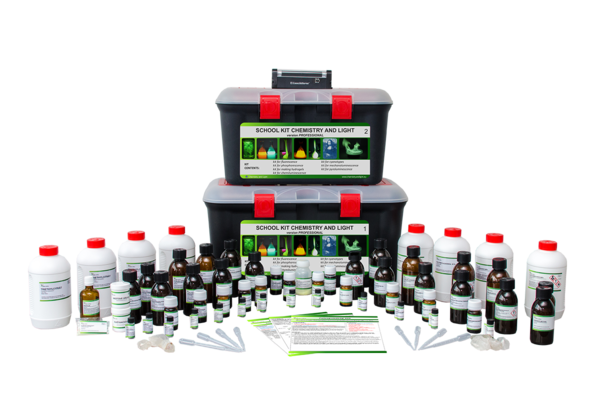
A kit for those who want the widest range of experiments with a large capacity.
Do you want to to try the experiments first?
If you are still hesitating with the purchase of the kits Student or Professional, you can start small with the Test kit that allows you to try selected experiments from the higher versions of the kits
65 EUR ex VAT

